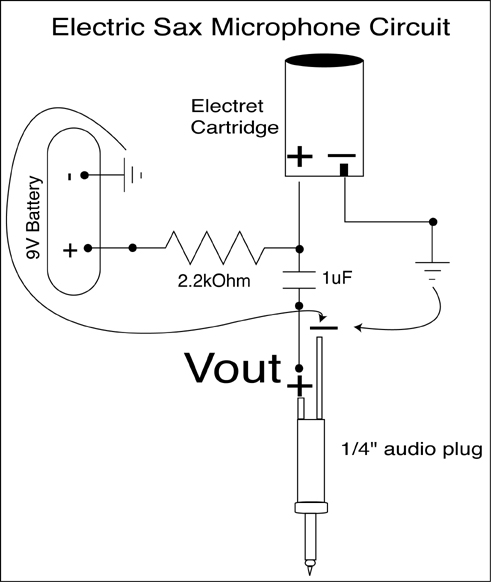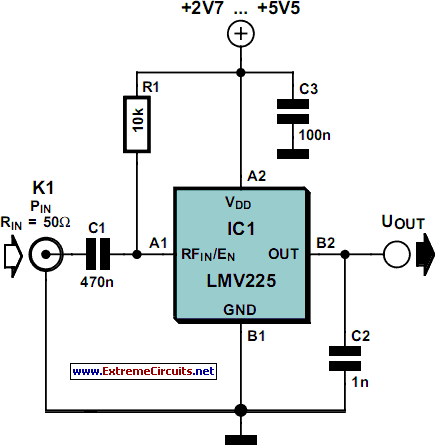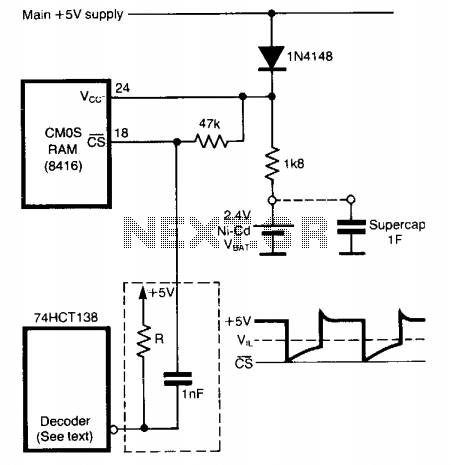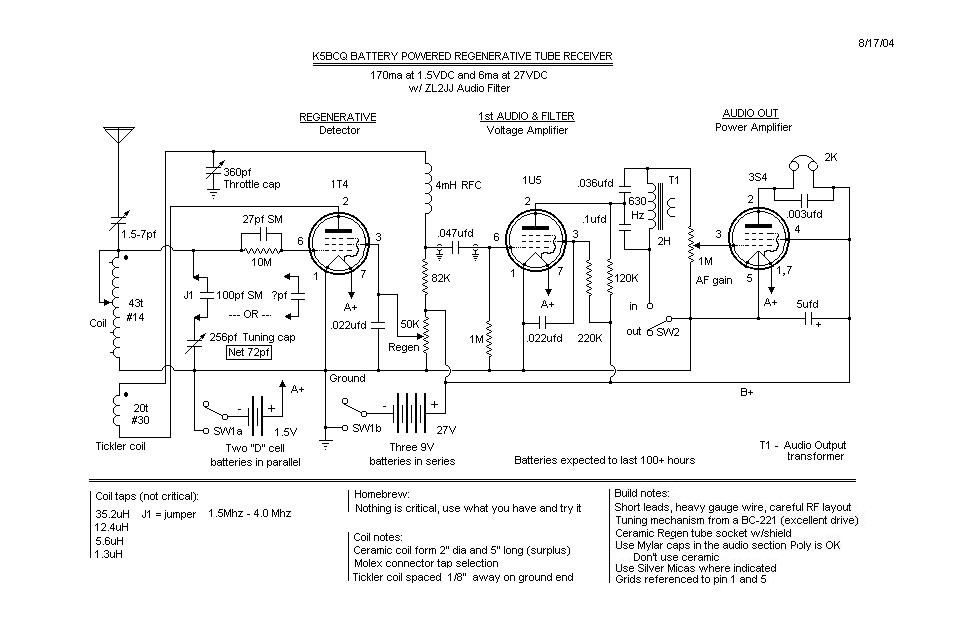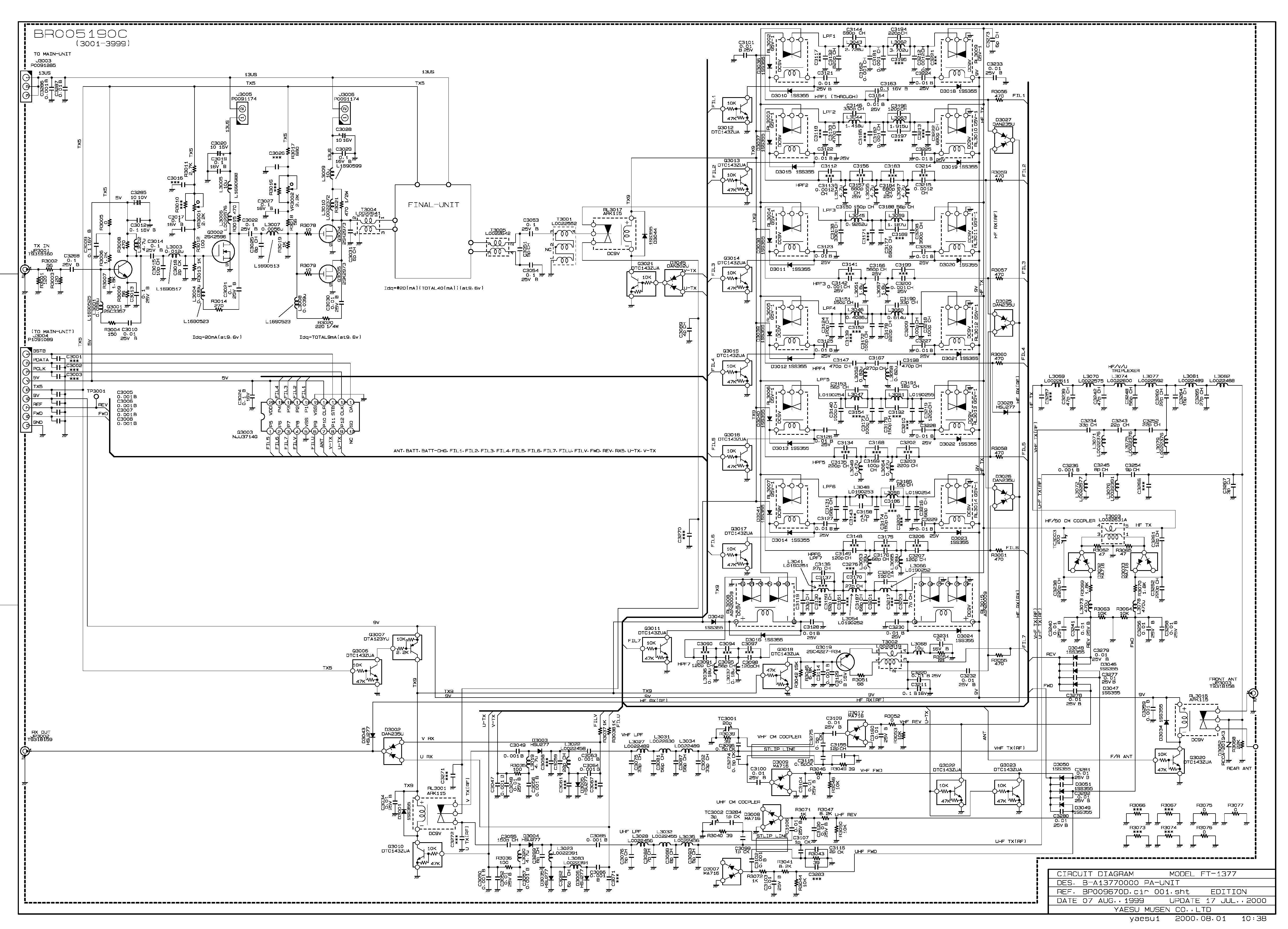
Low Power Voltage Doubler Booster
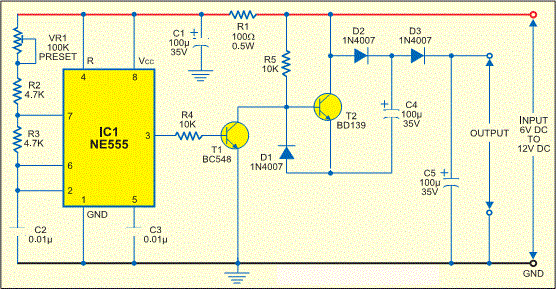
All miniature electronic devices operate on batteries. Some require higher than standard battery voltages for efficient operation. When a battery of the required voltage is unavailable, additional cells must be connected in series to increase the DC voltage, which undermines the concept of miniaturization. A straightforward solution to this problem is to use a voltage doubler, provided the device can function with low current. This document presents a low-power voltage doubler circuit suitable for devices that require a higher voltage than a standard battery while operating at low current levels. The circuit is simple, utilizing only a few components, yet achieves an output efficiency of 75 to 85 percent across its operating voltage range. The output voltage is nearly doubled compared to the input. In this circuit, IC1 is configured as an astable multivibrator to generate rectangular pulses at approximately 10 kHz. The frequency and duty cycle of these pulses can be adjusted using preset VR1. The pulses control switching transistors T1 and T2, which are arranged in a voltage-doubling configuration. The increased voltage is available across capacitor C5. During each pulse cycle, the high level activates T1, keeping T2 off. Consequently, T1 charges capacitor C4 through the paths created by diodes D1 and D2 to a voltage slightly less than the supply voltage. During the low period of the pulse, T1 turns off while T2 turns on, raising the charge on the negative terminal of capacitor C4 by an amount equal to the supply voltage. This charge is then transferred to capacitor C5 via diode D3, effectively doubling the voltage across C5. If the pulse generator maintains sufficient amplitude and frequency, the output voltage and current will remain stable, meeting the load requirements. Even with a half-wave function, the circuit exhibits minimal ripple voltage. If the load does not demand high current, efficiency can reach the upper 90 percent range. It should be noted that while the input voltage is doubled, the current drawn from the input power supply also doubles, while the output current is halved. Care must be taken with higher frequencies from the multivibrator, as they may introduce interference to the DC voltage. Therefore, the frequency should be optimized through experimentation with actual load connections. This compact circuit can be assembled on a general-purpose PCB, and if all components are surface-mount types, the entire module can be effectively miniaturized.
The described voltage doubler circuit is particularly advantageous for applications in portable electronic devices where space and power efficiency are critical. The use of an astable multivibrator (IC1) to generate the necessary pulse signals is a common practice in power supply design, as it allows for precise control over the output voltage and current characteristics. The selection of transistors T1 and T2 plays a significant role in the circuit’s performance; they must be chosen based on their switching speed and current handling capabilities to ensure optimal operation.
Diodes D1, D2, and D3 are essential in directing the flow of current and preventing reverse voltage that could damage the components. Capacitor C4 acts as an intermediary storage component, allowing for the charge to be built up before transferring to C5, which serves as the output capacitor. The design ensures that the charging and discharging processes are synchronized with the pulse generation, maximizing efficiency.
For optimal performance, the circuit layout should minimize parasitic capacitance and inductance, which can adversely affect the high-frequency operation of the astable multivibrator. Additionally, careful consideration should be given to the physical placement of components on the PCB to reduce noise and enhance stability.
In summary, this low-power voltage doubler circuit represents an effective solution for applications requiring higher voltage from limited power sources, maintaining both efficiency and compactness in design.All miniature electronic devices operate off batteries. Some of them need higher than the standard battery voltages to operate efficiently. If the battery of that specific voltage is unavailable, we are forced to connect additional cells in series to step up the DC voltage. Thus, the true meaning of miniaturisation is lost. A simple way to overcom e this problem is to employ a voltage doubler, if the device under consideration can operate at a small current. Here we present a low-power voltage doubler circuit that can be readily used with devices that demand higher voltage than that of a standard battery but low operating current to work with.
The circuit is quite simple as it uses only a few components. Yet, the output efficiency is 75 to 85 percent along its operating voltage range. The available battery voltage is almost doubled at the output of the circuit. Here IC1 is wired as an astable multivibrator to generate rectangular pulses at around 10 kHz. This frequency and duty cycle of the pulses can be varied using preset VR1. The pulses are applied to switching transistors T1 and T2 for driving the output section, which is configured as a voltage-doubling circuit. The doubled voltage is available across capacitor C5. During each cycle of the pulse occurance, the high level drives T1 into its saturation, keeping transistor T2 cut off.
So transistor T1 charges capacitor C4 via the path formed by diodes D2 and D1 to a voltage level slightly lesser than the supply. But during the low period of the pulse, transistor T1 is cut off while transistor T2 is driven into saturation.
Now, transistor T2 raises the charge on the negative pole of capacitor C4 by another step equal to the supply voltage. Therefore an equal amount of charging is built up on capacitor C5 via diode D3. This doubling action increases the total voltage across capacitor C5 to almost double the input voltage.
If the output of the pulse generator is maintained with a high enough amplitude and frequency, the output voltage and current remain constant and cater to the needs of the load. Even with the half-wave function, this circuit is almost free of ripple voltage. If the connected load doesn`t require a high current, the efficiency can be expected in the upper 90 percentranges.
Since the input voltage is doubled, the current drain from the input power supply is also doubled at the input but halved at the output. One point of caution is that if the multivibrator`s frequency is fairly high, the output may suffer with the interference imposed over the DC voltage.
In this case, the frequency must be set favorably by trials and actual load connection procedure. This tiny circuit can be assembled on the general-purpose PCB. If all of the components are surface-mount type, the whole module can be genuinely miniaturized. 🔗 External reference
The described voltage doubler circuit is particularly advantageous for applications in portable electronic devices where space and power efficiency are critical. The use of an astable multivibrator (IC1) to generate the necessary pulse signals is a common practice in power supply design, as it allows for precise control over the output voltage and current characteristics. The selection of transistors T1 and T2 plays a significant role in the circuit’s performance; they must be chosen based on their switching speed and current handling capabilities to ensure optimal operation.
Diodes D1, D2, and D3 are essential in directing the flow of current and preventing reverse voltage that could damage the components. Capacitor C4 acts as an intermediary storage component, allowing for the charge to be built up before transferring to C5, which serves as the output capacitor. The design ensures that the charging and discharging processes are synchronized with the pulse generation, maximizing efficiency.
For optimal performance, the circuit layout should minimize parasitic capacitance and inductance, which can adversely affect the high-frequency operation of the astable multivibrator. Additionally, careful consideration should be given to the physical placement of components on the PCB to reduce noise and enhance stability.
In summary, this low-power voltage doubler circuit represents an effective solution for applications requiring higher voltage from limited power sources, maintaining both efficiency and compactness in design.All miniature electronic devices operate off batteries. Some of them need higher than the standard battery voltages to operate efficiently. If the battery of that specific voltage is unavailable, we are forced to connect additional cells in series to step up the DC voltage. Thus, the true meaning of miniaturisation is lost. A simple way to overcom e this problem is to employ a voltage doubler, if the device under consideration can operate at a small current. Here we present a low-power voltage doubler circuit that can be readily used with devices that demand higher voltage than that of a standard battery but low operating current to work with.
The circuit is quite simple as it uses only a few components. Yet, the output efficiency is 75 to 85 percent along its operating voltage range. The available battery voltage is almost doubled at the output of the circuit. Here IC1 is wired as an astable multivibrator to generate rectangular pulses at around 10 kHz. This frequency and duty cycle of the pulses can be varied using preset VR1. The pulses are applied to switching transistors T1 and T2 for driving the output section, which is configured as a voltage-doubling circuit. The doubled voltage is available across capacitor C5. During each cycle of the pulse occurance, the high level drives T1 into its saturation, keeping transistor T2 cut off.
So transistor T1 charges capacitor C4 via the path formed by diodes D2 and D1 to a voltage level slightly lesser than the supply. But during the low period of the pulse, transistor T1 is cut off while transistor T2 is driven into saturation.
Now, transistor T2 raises the charge on the negative pole of capacitor C4 by another step equal to the supply voltage. Therefore an equal amount of charging is built up on capacitor C5 via diode D3. This doubling action increases the total voltage across capacitor C5 to almost double the input voltage.
If the output of the pulse generator is maintained with a high enough amplitude and frequency, the output voltage and current remain constant and cater to the needs of the load. Even with the half-wave function, this circuit is almost free of ripple voltage. If the connected load doesn`t require a high current, the efficiency can be expected in the upper 90 percentranges.
Since the input voltage is doubled, the current drain from the input power supply is also doubled at the input but halved at the output. One point of caution is that if the multivibrator`s frequency is fairly high, the output may suffer with the interference imposed over the DC voltage.
In this case, the frequency must be set favorably by trials and actual load connection procedure. This tiny circuit can be assembled on the general-purpose PCB. If all of the components are surface-mount type, the whole module can be genuinely miniaturized. 🔗 External reference
Warning: include(partials/cookie-banner.php): Failed to open stream: Permission denied in /var/www/html/nextgr/view-circuit.php on line 713
Warning: include(): Failed opening 'partials/cookie-banner.php' for inclusion (include_path='.:/usr/share/php') in /var/www/html/nextgr/view-circuit.php on line 713
